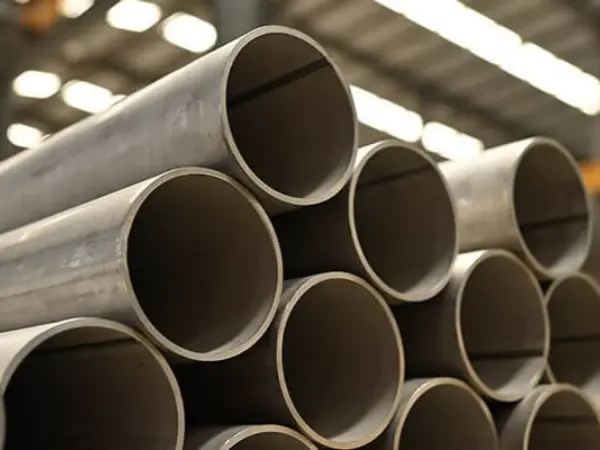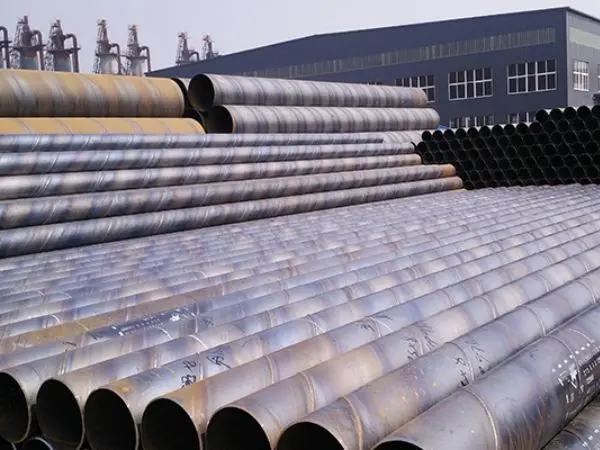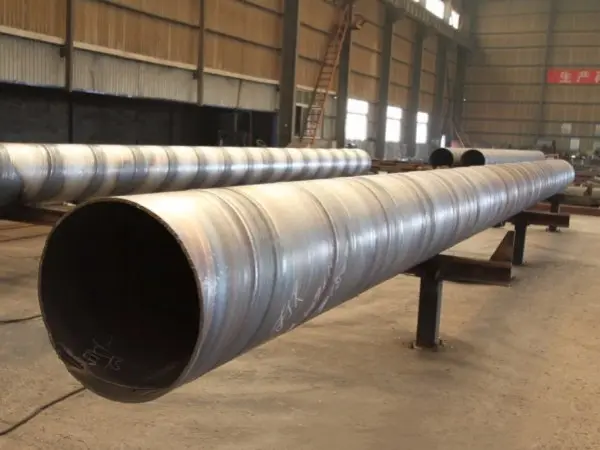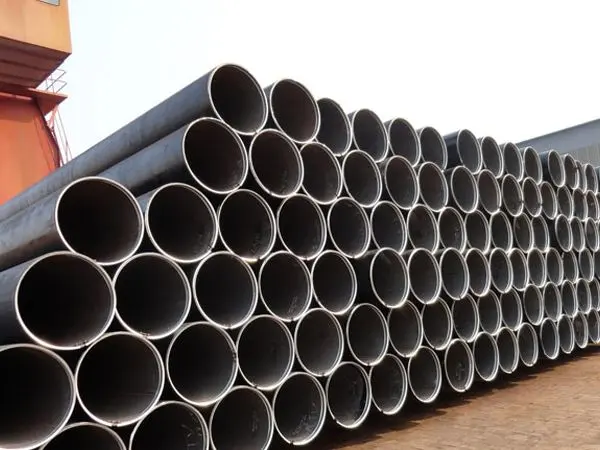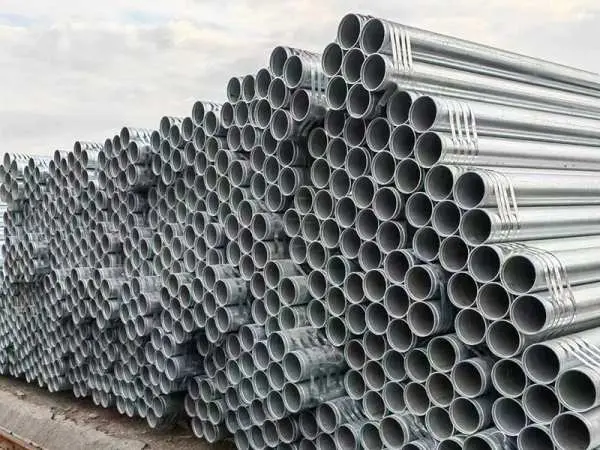- Phone0086 731 8564 8255
- E-mailsales@cscsteel-manufacturing.com
-

In industrial applications, non-standard straight seam welded steel pipes often require secondary processing to meet specific performance or dimensional requirements. The commonly used processing methods include:
Continental Steel Co., Ltd is professional straight seam steel pipes manufacturer, for more details, please contact:sales@cscsteel-manufacturing.com
1. Forging
Forging is a metal forming technique that applies external force—either through the repeated impact of a forging hammer or the steady pressure of a press—to plastically deform the metal blank into the desired shape and size. This process enhances the internal structure of the steel and improves its mechanical properties, making it suitable for high-strength applications.
2. Extrusion
Extrusion involves placing the metal billet into a closed cylindrical container and applying pressure at one end, forcing the material to flow through a die with a predefined shape. The extruded product maintains a uniform cross-section and precise dimensions. This method is commonly used for producing non-ferrous metal pipes or profiles with complex geometries, though it is also applicable in certain steel processing scenarios requiring custom cross-sections.
3. Rolling
Rolling is a high-efficiency pressure forming method where a metal billet passes through one or more pairs of rotating rollers. These rollers compress the material, reducing its cross-sectional area while increasing its length. The roller gaps can be flat or shaped, depending on the desired profile. Rolling can be performed either hot or cold, with hot rolling suitable for large deformations and cold rolling for better surface finish and dimensional accuracy.
4. Drawing (Cold Drawing)
Cold drawing is a precision forming process where a pre-rolled metal blank—such as a bar, tube, or wire—is pulled through a die to reduce its diameter and increase its length. This method refines the surface quality, improves dimensional tolerance, and enhances the mechanical strength of the product. It is especially suitable for producing high-precision thin-walled steel tubes used in applications that require tight dimensional control and superior surface finish.
Conclusion
The processing of non-standard straight seam welded steel pipes is essential to adapt to the diverse and demanding needs of modern industry. Techniques such as forging, extrusion, rolling, and drawing each offer unique advantages in terms of shape precision, mechanical performance, and material utilization. By selecting the appropriate processing method based on the application requirements—such as strength, dimensional accuracy, or surface finish—manufacturers can significantly improve the performance and service life of the final product. These advanced processing technologies not only expand the application range of welded steel pipes but also contribute to higher efficiency and quality in industrial production.
